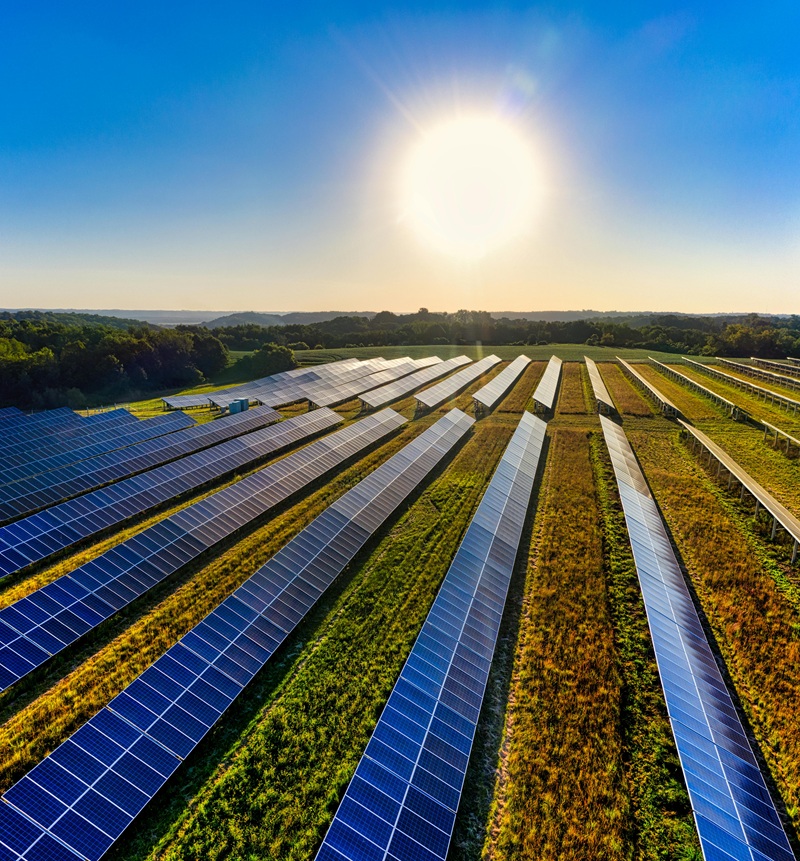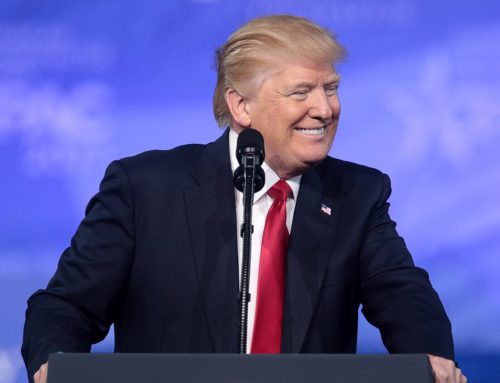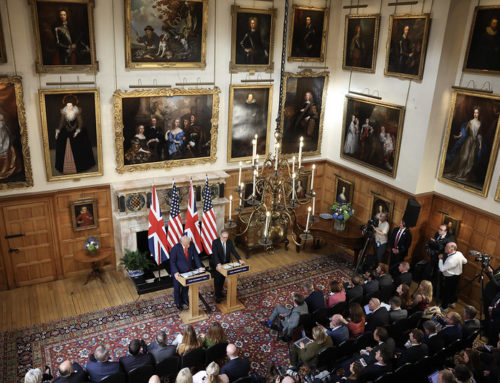1. Ferrovial to Build 250MW Solar Plant in Texas
Spanish infrastructure giant Ferrovial has announced plans to develop a 250-megawatt solar photovoltaic facility in Milam County, Texas, marking a significant expansion of its renewable energy portfolio in the United States.
The project, representing a total investment of approximately $355 million including debt financing, is set to begin construction in the coming months. Once operational in 2027, the facility is expected to generate around 450 gigawatt-hours of electricity annually – enough to power approximately 43,000 homes.
Ferrovial will oversee the construction, operation, and maintenance of the plant, which will supply reliable electricity to the Texas grid. The initiative is also expected to create nearly 300 jobs during the construction phase, contributing to local economic development.
“This project is a strong example of how infrastructure investment can directly benefit communities,” said María José Esteruelas, CEO of Ferrovial Energy. “As data centers multiply and energy needs continue to increase, this facility will bring lasting value to the region by creating jobs, supporting local services, and strengthening energy reliability.”
The Milam County solar facility complements Ferrovial’s existing energy assets in Texas, including a 257MWdc solar plant in Leon County and a 72MW PV plant nearing completion in the Houston area for client X-Elio. The company is also active in Spain, where it recently partnered with TotalEnergies and Soltec to develop three PV plants in Murcia with a combined capacity of 116MWp.
Texas continues to be a leader in solar energy deployment, ranking second in the U.S. for total installed solar capacity. With projections indicating the state will add over 40,000MW in the next five years, Ferrovial’s investment aligns with broader trends toward clean energy and grid modernisation.
2. British minister attends CPTPP ministerial meeting
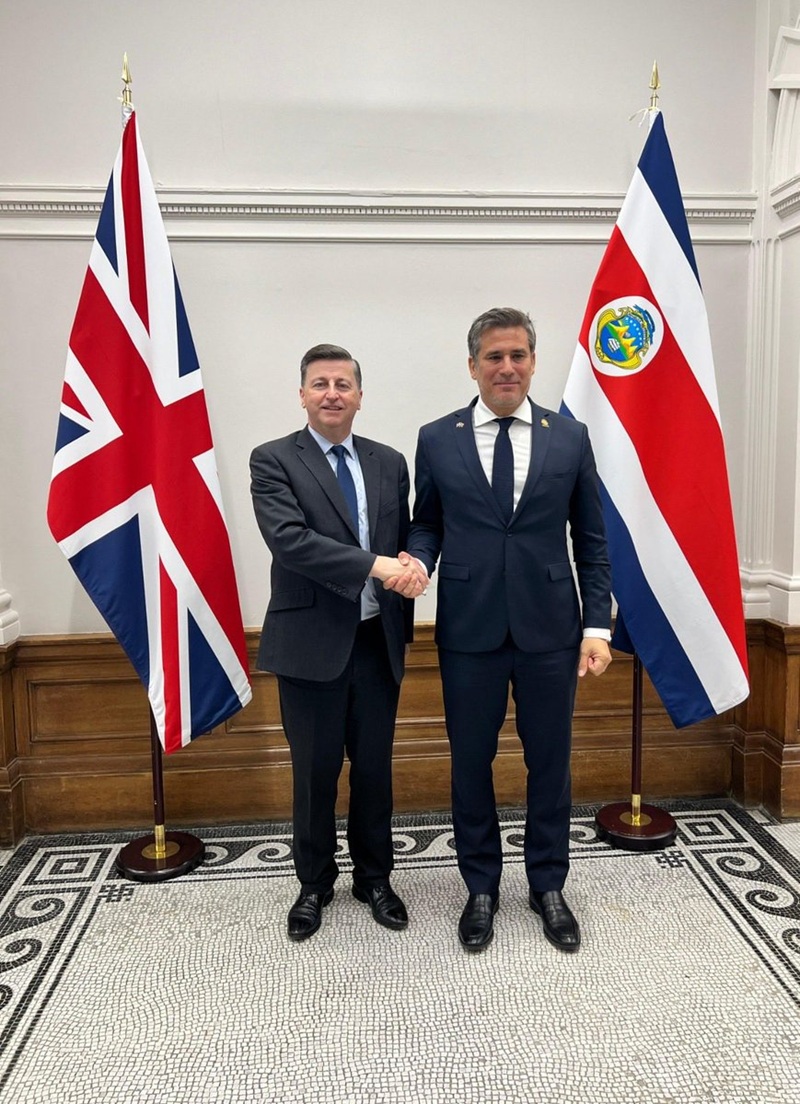
Britain is positioning itself as a driving force behind the Comprehensive and Progressive Agreement for Trans-Pacific Partnership (CPTPP), with Trade Minister Douglas Alexander declaring the UK’s commitment to advancing the pact’s “highly ambitious” agenda for global trade reform.
Speaking after the CPTPP ministerial meeting held in Jeju, South Korea, Alexander emphasised the UK’s strategic intent to deepen its engagement with member nations and expand the pact’s influence through new dialogues and accessions. “We welcome the conclusions reached in the Jeju Joint Ministerial Statement and will continue working closely with CPTPP Parties to drive significant economic and strategic gains from our CPTPP membership,” he stated.
The UK, which officially joined the CPTPP in December 2024, is now actively contributing to the bloc’s General Review process. This initiative aims to modernise the agreement by enhancing provisions in key sectors such as e-commerce and financial services—areas of particular interest to Britain.
The ministerial statement also outlined plans to initiate trade and investment dialogues with the EU and ASEAN, reinforcing CPTPP’s role in shaping the global economic architecture. These efforts are seen as vital amid rising protectionism and economic uncertainty worldwide.
Britain’s accession marked a significant milestone for the CPTPP, bringing in the world’s sixth-largest economy and a third G7 member. Business and Trade Secretary Kemi Badenoch previously hailed the move as a demonstration of the UK’s post-Brexit trade ambitions, calling the CPTPP “a modern and ambitious partnership.”
Looking ahead, CPTPP members will reconvene later this year under Australia’s chairship to further the bloc’s strategic goals. The UK is expected to play a central role in shaping the future of the agreement, particularly in areas promoting inclusive trade and sustainable development.
3. Trade Minister visits Japan and South Korea

belle co pexels
In a strategic move to deepen economic partnerships across the Indo-Pacific, the UK government has launched a high-profile trade mission to Japan and South Korea, led by Trade Minister Douglas Alexander. This initiative is part of the UK’s broader “Plan for Change,” aimed at reinforcing its position as a global trade leader and industrial innovator.
The region
The UK’s outreach to Japan and South Korea comes at a time of increasing geopolitical tension and economic fragmentation. With a combined bilateral trade value of £46 billion, both nations are seen as pivotal allies in the UK’s Indo-Pacific strategy. Minister Alexander’s visit underscores Britain’s commitment to forging durable economic relationships that can withstand global uncertainties.
In Japan, the Minister joined the Defence Secretary aboard HMS Prince of Wales, marking the deployment of the UK Carrier Strike Group. This symbolic gesture highlights the UK’s integrated approach to trade, defence, and diplomacy in the region.
Promoting Growth Sectors and Industrial Collaboration
The UK is showcasing its major growth sectors—engineering, pharmaceuticals, life sciences, financial services, and AI—during the visit. Rolls Royce, Diageo, and other British firms with strong regional footprints exemplify the value of UK-Asia Pacific trade ties.
In South Korea, Minister Alexander met with Trade Minister Yeo Han-Koo to advance negotiations on an upgraded Free Trade Agreement (FTA), with ambitions to conclude the deal by year-end. The new FTA is expected to modernise trade relations, particularly benefiting UK services exports in finance, law, and healthcare.
A standout moment was the Minister’s meeting with LG AI Lab executives, celebrating their partnership with the London Stock Exchange Group. This collaboration reflects the UK’s push to lead in AI and financial technology under its Modern Industrial Strategy and AI Opportunities Action Plan.
Academic and Technological Partnerships
Beyond government and corporate engagements, academic institutions are playing a vital role. University College London has partnered with the Korea Institute for Advancement of Technology to launch the UK’s first Global Industrial Technology Cooperation Centre (GITCC). This centre will focus on sustainable mobility technologies, including hydrogen propulsion and decarbonising ocean shipping.
The GITCC is designed to foster long-term industrial partnerships, aligning with Korea’s innovation priorities and leveraging UCL’s expertise in advanced propulsion systems. It represents a landmark in UK-Korea academic-industry collaboration.
Defence and Technology Synergies with Japan
The UK-Japan Defence Ministerial Meeting held in Tokyo further reinforced bilateral cooperation. The ministers reaffirmed their commitment to industrial and technological collaboration, particularly in maritime defence equipment and future ship technologies. Initiatives like the UK-Japan Integrated Power and Energy Systems symposium and joint participation in exercises such as TALISMAN SABRE 25 highlight the growing synergy between the two nations.
The Global Combat Air Programme (GCAP), a trilateral initiative involving the UK, Japan, and Italy, is another cornerstone of this partnership. It aims to deliver next-generation fighter aircraft by 2035, supporting high-skilled jobs and driving innovation in aerospace.
4. Loch Lomond Boat Club Strengthens UK–US Ties with Oklahoma Visit

Freedom Boat Club Loch Lomond hosted a high-level delegation from Oklahoma, led by Lieutenant Governor Matt Pinnell. The visit, which blended business networking with Scotland’s world-renowned hospitality, marked a significant step in strengthening transatlantic trade, tourism, and investment ties.
The delegation, which included senior officials from the Oklahoma Department of Commerce, CEOs, investors, and media representatives, was welcomed by club founders Michael and Ashlee Lally. The itinerary showcased Scotland’s rich cultural and natural assets, including a round of golf at a premier course, a guided tour of Stirling Castle, and a gourmet dinner at The Lodge on Loch Lomond. The highlight was a luxury powerboat tour across the loch, offering delegates a first-hand experience of the club’s award-winning corporate boating concept.
Michael Lally emphasised the strategic role of Scotland’s natural landscape in fostering international business relationships:
“We were honored to host such an esteemed group of leaders and innovators. Freedom Boat Club Loch Lomond is proud to contribute to conversations on how leisure and tourism can drive international partnerships, economic growth, and stronger UK–US trade relations.”
Ashlee Lally added that the club’s growing corporate membership reflects a shift in how businesses engage:
“Members are finding that the water offers a distinctive setting for building relationships and advancing partnerships. This visit reinforces Scotland’s role in fostering meaningful connections between industries, governments, and investors across the Atlantic.”
The event also highlighted the ongoing collaboration with Luss Estates, whose stewardship of Loch Lomond supports sustainable tourism and international events. Patrick Colquhoun and his team were recognised for their hospitality and commitment to preserving the region’s heritage while enabling global business engagement.
Among the distinguished guests were:
- Sarah Short, Director of International Relations & Global Commerce, Oklahoma Department of Commerce
- Jerry Morris, Chief of Staff, Oklahoma Department of Commerce
- Lisa Pinnell, CEO of Binxy Baby
- Bill Weathersby, Venture Capitalist
- Mary Ann Smith, President, Dunbartonshire Chamber of Commerce
- David Ferguson, CEO of Ferguson Whisky Ltd.
- David and Kate Beaton, Directors of AIIR Environmental Ltd.
- Alan Fraser, Variety, the Children’s Charity GB
- David Leask, Journalist, The Times
With over 430 locations worldwide, Freedom Boat Club is the world’s largest members-only boating club. Its Loch Lomond base, located in Bandry Bay near Luss, has become a hub for corporate hospitality and international networking. The club was recently named both Franchise of the Year and Boat Club of the Year, affirming its leadership in Scotland’s leisure and tourism sector.
This visit not only celebrated the shared values of innovation and collaboration but also positioned Loch Lomond as a launchpad for global partnerships – where business meets beauty, and strategy sails on open waters.
5. Singapore and UAE launch trade pact
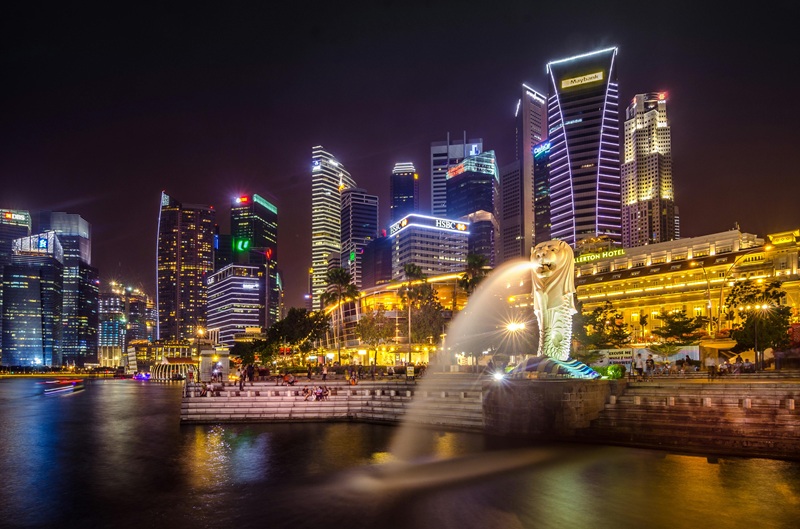
Kin Pastor Pexels
Singapore and the United Arab Emirates (UAE) have launched a new trade partnership aimed at strengthening economic ties among small and mid-sized nations. The initiative, announced during the Investopia Global event in Singapore, seeks to promote open markets, digital trade, and regional cooperation.
Focus on Economic Resilience
The partnership is designed to address challenges posed by global trade fragmentation and supply chain disruptions. Officials from both countries highlighted the importance of agility and innovation in maintaining economic resilience.
Singapore’s Minister for Trade and Industry, Gan Kim Yong, said the collaboration would “enable small economies to work together to overcome shared challenges and seize new opportunities.”
Key Areas of Cooperation
The agreement outlines several areas of focus:
- Digital Trade: Enhancing cross-border digital platforms such as SGTraDex to improve data sharing and logistics coordination.
- Investment Mobility: Facilitating smoother capital flows and financial integration between member countries.
- Sustainability: Promoting green technologies and sustainable business practices.
- Regulatory Alignment: Streamlining customs and trade regulations to reduce barriers.
The UAE’s Minister of Economy, Abdulla bin Touq Al Marri, emphasised the role of technology in driving future trade growth, noting that “digital infrastructure and smart logistics are central to this partnership.”
Invitation to Other Nations
While the partnership currently involves Singapore and the UAE, it is structured to allow other small and mid-sized economies to join. The goal is to create a flexible framework that supports regionalism and innovation without relying on large trade blocs.
Strategic Importance
Singapore and the UAE are already significant trade partners. In 2024, bilateral trade between the two countries exceeded US$20 billion, with strong cooperation in sectors such as logistics, finance, and advanced manufacturing.
The new initiative builds on existing ties and aims to set a precedent for how smaller economies can collaborate effectively in a shifting global landscape.

